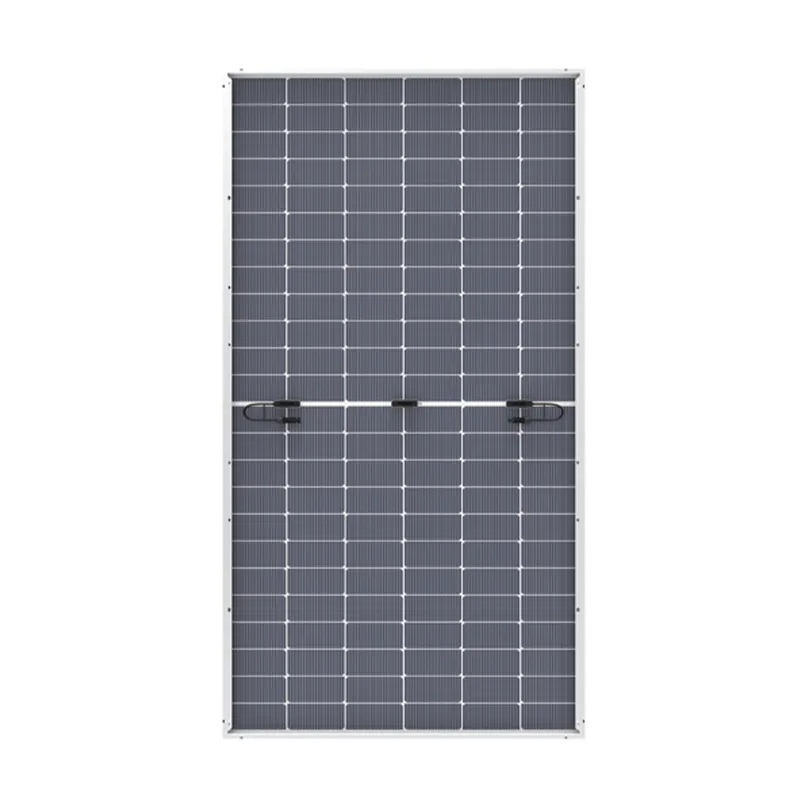10kw single phase inverter
Understanding 10kW Single Phase Inverters A Comprehensive Overview
In recent years, the shift towards renewable energy sources has prompted a surge in the adoption of solar energy systems. One of the key components of these systems is the inverter, which plays a critical role in converting direct current (DC) generated by solar panels into alternating current (AC) usable by home appliances. Among the various types of inverters available, the 10kW single-phase inverter has gained popularity, especially for residential applications. In this article, we will explore the features, benefits, installation considerations, and applications of a 10kW single-phase inverter.
What is a 10kW Single Phase Inverter?
A 10kW single-phase inverter is a device that can convert up to 10 kilowatts of DC electricity from solar panels into AC electricity that can be used in a standard single-phase electrical system. This type of inverter is specifically designed to work with homes and small businesses that do not require three-phase power, making it an ideal choice for many residential solar installations.
Key Features
1. Efficiency Most modern 10kW single-phase inverters boast high efficiency rates, often exceeding 95%. This means that a minimal amount of energy is lost during the conversion process, maximizing the overall energy yields from solar panels.
2. Compact Design These inverters are generally compact and lightweight, making them easier to install and integrate into existing solar energy systems without requiring significant space.
3. Monitoring capabilities Advanced 10kW inverters come equipped with monitoring systems that allow users to track energy production in real-time. Many models feature mobile apps or web-based platforms, enabling users to monitor system performance from anywhere.
4. Grid Tie Capability A 10kW single-phase inverter can be connected to the grid, allowing homeowners to sell excess electricity back to the grid, thereby providing an additional source of income.
5. Safety Features Modern inverters are designed with multiple safety features, such as overload protection, short-circuit protection, and anti-islanding protection, which ensure the stability and safety of the overall solar power system.
Benefits of a 10kW Single Phase Inverter
1. Cost-Effective For residential applications that do not require three-phase power, a 10kW single-phase inverter provides a cost-effective solution for homeowners looking to harness solar energy. It eliminates the need for more expensive three-phase inverters, which are often unnecessary for small-scale installations.
10kw single phase inverter

2. Simplicity of Installation Since these inverters are designed for single-phase systems, their installation is often simpler, requiring less complex wiring and configuration than three-phase systems.
3. Sufficient Power Output For most residential applications, a 10kW inverter provides sufficient power output to meet daily energy needs, accommodating typical household appliances, heating systems, and lighting.
Installation Considerations
When considering the installation of a 10kW single-phase inverter, several factors should be taken into account
1. Local Regulations It's essential to be aware of local regulations regarding solar installations and grid connections, as these can vary widely by region.
2. Professional Installation While some experienced DIY enthusiasts may choose to install their inverters, it is advisable to hire a licensed professional to ensure proper installation and connection to the grid.
3. Solar Panel Compatibility Ensure that the chosen inverter is compatible with the specific solar panels being used. Inverters vary in terms of the voltage and type of output they require.
4. Future Expansion Consider whether there is a possibility of expanding the solar power system in the future. Opting for an inverter with additional capacity may be beneficial for potential upgrades.
Conclusion
In conclusion, a 10kW single-phase inverter is a crucial component in the transition to solar energy for residential applications. With its efficiency, compact design, and ease of installation, it represents a practical choice for homeowners seeking to leverage renewable energy. By understanding the key features, benefits, and installation considerations, individuals can make informed decisions when integrating solar power into their homes, ultimately contributing to a more sustainable and environmentally friendly future.
-
String Solar Inverter: The High-Efficiency Solution for Smart Solar EnergyNewsJul.14,2025
-
Revolutionizing Rooftop Energy with the Power of the Micro Solar InverterNewsJul.14,2025
-
Power Independence with Smart Off Grid Solar Inverter SolutionsNewsJul.14,2025
-
On Grid Solar Inverter: Powering the Future with Smart Grid IntegrationNewsJul.14,2025
-
Monocrystalline Solar Panels: High-Efficiency Power for the Future of Clean EnergyNewsJul.14,2025
-
Bifacial Solar Panel: A Smarter Investment for Next-Generation Energy SystemsNewsJul.14,2025







